INTRODUCTION
Solid state drives (SSDs) may be best known for their far superior read and write performance, reduced electrical requirements, lower temperatures and no moving parts compared to regular hard disk drives (HDDs) but they actually introduced something else to the masses which is equally important for some people (if not more), hardware encryption. True it took some time for that specific feature to hit the market (especially the consumer oriented one) but still as we speak there are far more SSD models (both enterprise and consumer models) with that feature than HDD ones (including both 3.5" and 2.5" form factors). Kingston alone has released several 2.5", mSATA and M.2 enterprise-grade SSD models over the years that feature hardware encryption but it wasn't until very recently that they released their very first consumer oriented one which also happens to use their new 3D TLC NAND Flash memory. We are of course talking about the UV500 line and today we'll be taking a look at the 480GB M.2 2280 variant.
Kingston Technology Company, Inc. is the world’s largest independent manufacturer of memory products. Kingston designs, manufactures and distributes memory products for desktops, laptops, servers, printers, and Flash memory products for PDAs, mobile phones, digital cameras, and MP3 players. Through its global network of subsidiaries and affiliates, Kingston has manufacturing facilities in California, Taiwan, China and sales representatives in the United States, Europe, Russia, Turkey, Ukraine, Australia, India, Taiwan, China, and Latin America.
The UV500 line of SSDs is currently available in multiple form factors (2.5"/M.2/mSATA) and in several different capacities (120GB/240GB/480GB/960GB/1.92TB for the 2.5" form factor, 120/240/480/960GB for the M.2 form factor and 120/240/480GB for the mSATA form factor) all of which feature an MTBF (meantime between failures) of 1 million hours and are covered by a 5 year limited warranty. Under the hood of the UV500 series we find Toshiba’s 64-layer 3D TLC NAND Flash (3-bits-per-cell technology) memory paired with 512MB LPDDR3 cache and Marvell's 88SS1074 4-channel NAND flash controller which features SLC cache (pseudo-SLC), partial power loss protection, active garbage collection, redundant array of independent NAND (RAIN), LDPC error correction code (ECC), adaptive thermal protection, data-path protection, multistep data integrity algorithm and fully supports DevSleep (power save), TRIM, SMART, AES 256-bit hardware encryption, TCG Opal 2.0 and IEEE-1667 (fully compatible with Microsoft's eDrive and EU's GDPR). Also according to Kingston the 480GB capacity models of the UV500 series are verified for a TBW (total bytes written) of up to 200TB (100TB for the 120GB capacities, 480TB for the 960GB capacities and 800TB for the 1.92TB capacities). Of course this isn't the first time we've seen a drive use Marvell's 88SS1074 NAND flash SATA controller (Marvell has reportedly sold over 50 million pieces) so let's move forward with today’s review and see what you can expect from the brand new UV500 series.
SPECIFICATIONS AND FEATURES

PACKAGING AND CONTENTS
The UV500 M.2 variants get shipped inside a clamshell box as seen above.
Along with the drive Kingston has just placed the getting started guide.
THE UV500 480GB M.2
The M.2 version of the UV500 series follows the typical 2280 form factor (22mm wide and 80mm long).
There are four NAND flash memory modules at the top of the drive (each 128GB in capacity) but unfortunately unlike the MX500 model which we reviewed a while back the UV500 doesn't feature a copper sticker to help with heat dissipation.
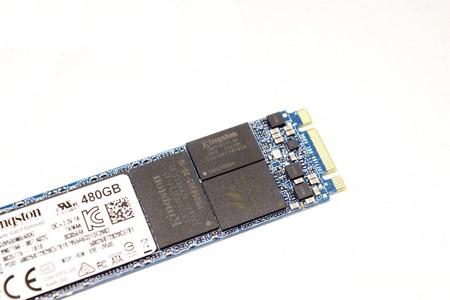
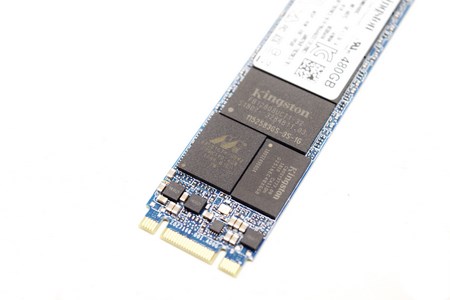 At the top we also find a single 512MB LPDDR3 cache module and of course the Marvell 88SS1074 NAND flash controller (as expected the rear of the our sample's PCB is empty - there should be 4 extra NAND flash modules and 1 extra 512MB LPDDR3 cache module in the 960TB version).
At the top we also find a single 512MB LPDDR3 cache module and of course the Marvell 88SS1074 NAND flash controller (as expected the rear of the our sample's PCB is empty - there should be 4 extra NAND flash modules and 1 extra 512MB LPDDR3 cache module in the 960TB version).
TEST BED
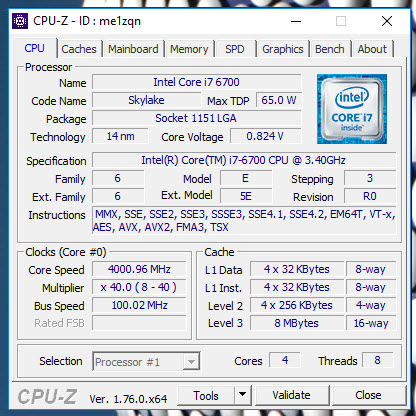

TESTING METHODOLOGY
After almost 10 years of testing solid state drives we've concluded that it's almost impossible for any single benchmark suite to accurately measure their performance and that's why in certain benchmark suites we see amazing read/write performance numbers with some drives while in others things are quite different. The reason behind this is that some benchmarking suites are configured to read and write random chunks of data while others read and write constant (sequential) ones. So that's why i always use a very wide selection of benchmarking suites including AIDA64, HD Tach RW, HD Tune Pro, Crystal Disk Mark, Sisoftware Sandra Pro, AS SSD, IOmeter and ATTO. To get the most accurate results each test gets repeated a total of 6 times with the average performance numbers recorded into our charts. Also as of February 25th 2015 our results will also include the Storage Networking Industry Association’s (SNIA) IOMeter tests. These tests include a 12 Hour write test used to “simulate” performance degradation over time and a mixed workload test which basically shows what you can expect when using an SSD continuously for roughly two hours. Unfortunately due to the time required for these tests we repeat them a total of 3 times and not 6 as the above.
Many people have made inquiries about our charts in the past so once again please do keep in mind that the Charts have the average performance numbers of each drive recorded and not the peak (highest) ones. Also although every single one of these programs can help potential buyers choose the right drive for their needs you should also remember that from any kind of benchmark up to real world usage the gap is not small (and usually most differences will go unnoticed by most people). All tests were performed in a fresh Windows 10 Pro x64 installation with every update installed up to August 15th 2018.
TEST RESULTS - AIDA64 / ATTO


TEST RESULTS - HD TACH RW / HD TUNE PRO


TEST RESULTS - SISOFTWARE SANDRA PRO / CRYSTAL DISK MARK X64


TEST RESULTS – AS SSD / IOMETER

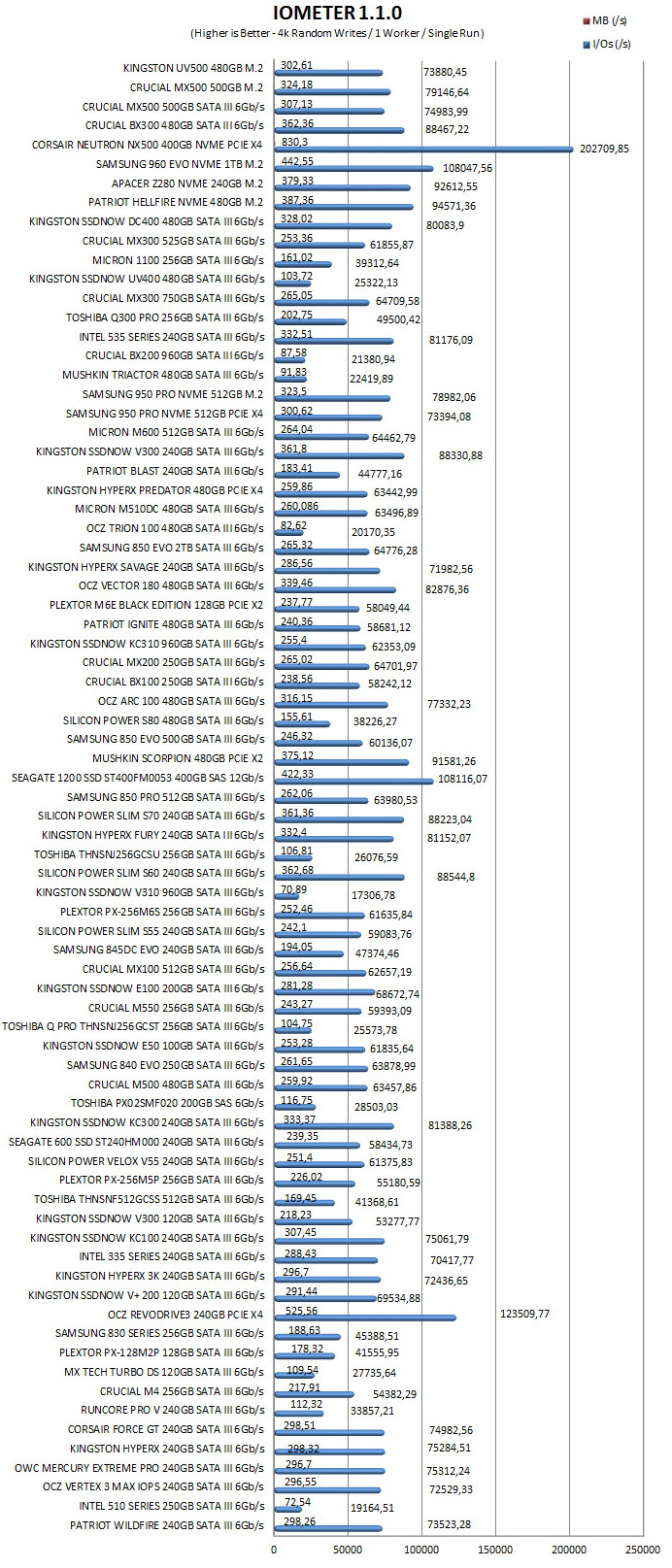
TEST RESULTS – IOMETER SNIA
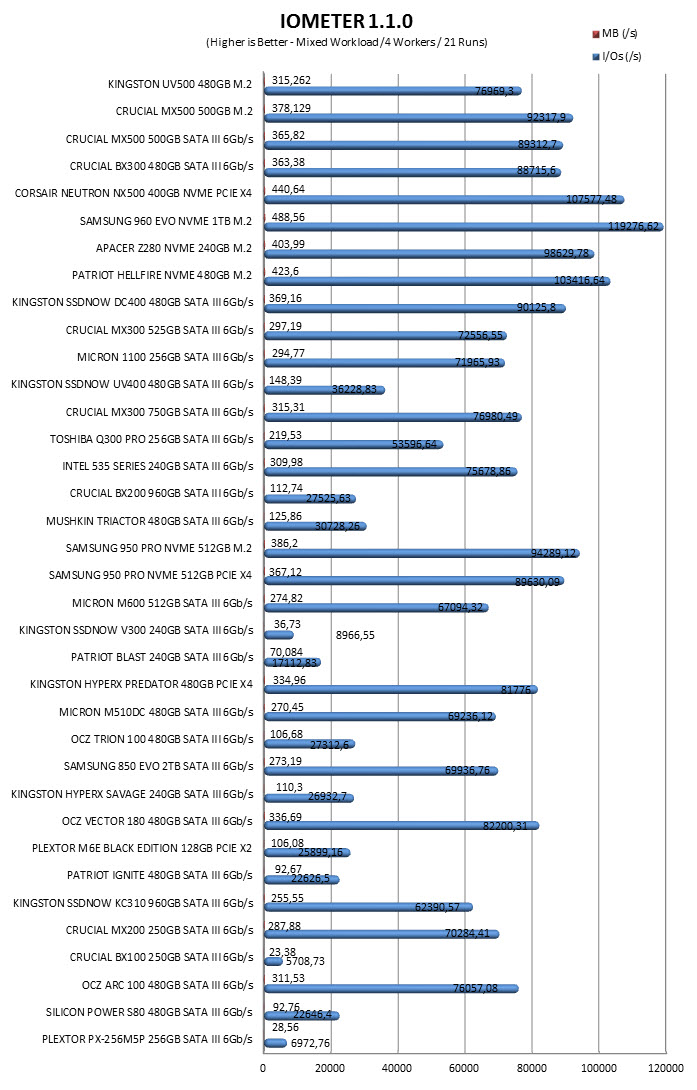
CONCLUSION
Having already tested several SSDs using the 88SS1074 NAND flash SATA controller by Marvell we knew pretty much what to expect from the UV500 480GB M.2 SSD and so we weren’t really disappointed. Sure the UV500 can’t compete with NVME drives in terms of performance (a review of the A1000 is on the works to showcase differences between Kingston models) and it’s a bit “weaker” compared to the MX500 500GB M.2 variant which we tested a while back but overall it delivers very good read and write performance for the price. As mentioned in the review we were hoping that Kingston would “copy” Marvell and Samsung by using a copper sticker on the drive modules in order to reduce heat buildup (quite evident in our IOMeter SNIA results) but as you all saw that wasn’t the case (even if they had we’d still recommend grabbing an M.2 heatsink from EKWB for the best possible results – on a budget that is). With a TBW of 200TB the UV500 480 M.2 has nothing to be jealous from the likes of the MX500 but we were a bit surprised to see a reported MTBF of 1 million hours which pales compared to the 1.8 million hours of the MX500 500GB M.2 (although MTBF numbers have proven to be somewhat inaccurate from time to time).
We’re almost at the end of August 2018 and so at this specific time and date the UV500 480GB M.2 2280 SSD retails for just USD133.99 inside the USA (Amazon.com) and 122Euros inside the EU (Amazon.co.uk). Unfortunately even though the UV500 480GB M.2 is priced quite aggressively its price tag is still set roughly 10-15% higher compared to that of the MX500 500GB M.2 and so it doesn’t offer quite the same punch for your buck. That being said it’s still a very good M.2 2280 SSD and between its features and performance and all its available form factors and capacities it’s definitely worth our Golden Award.

PROS
- Build Quality / Durability (200TB TBW)
- Very Good Overall Performance
- Features (AES 256 Bit Hardware Encryption / SLC Caching / DevSleep/ eDrive Support)
- 5 Year Warranty
- Available Capacities (120/240/480/960/1920GB)
- Availabel Form Factors (2.5"/mSATA/M.2)
- Price (For Some)
CONS
- High Temperatures (Performance Throttling)
- Price (Compared To The MX500 500GB M.2)

 O-Sense
O-Sense





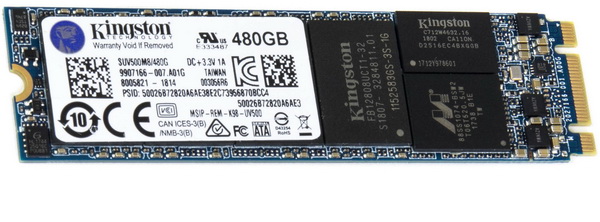
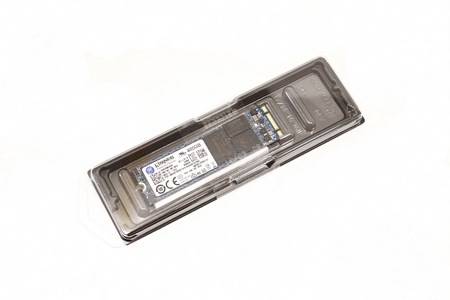
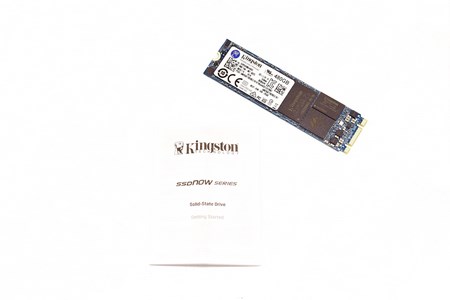
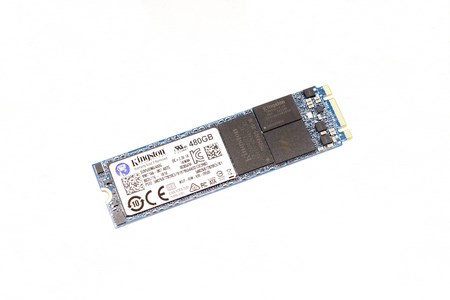
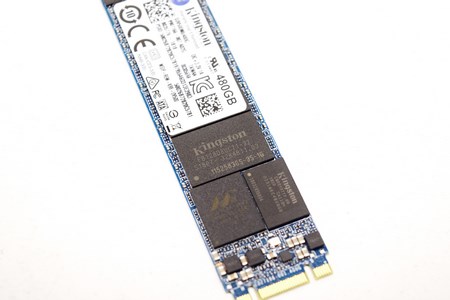
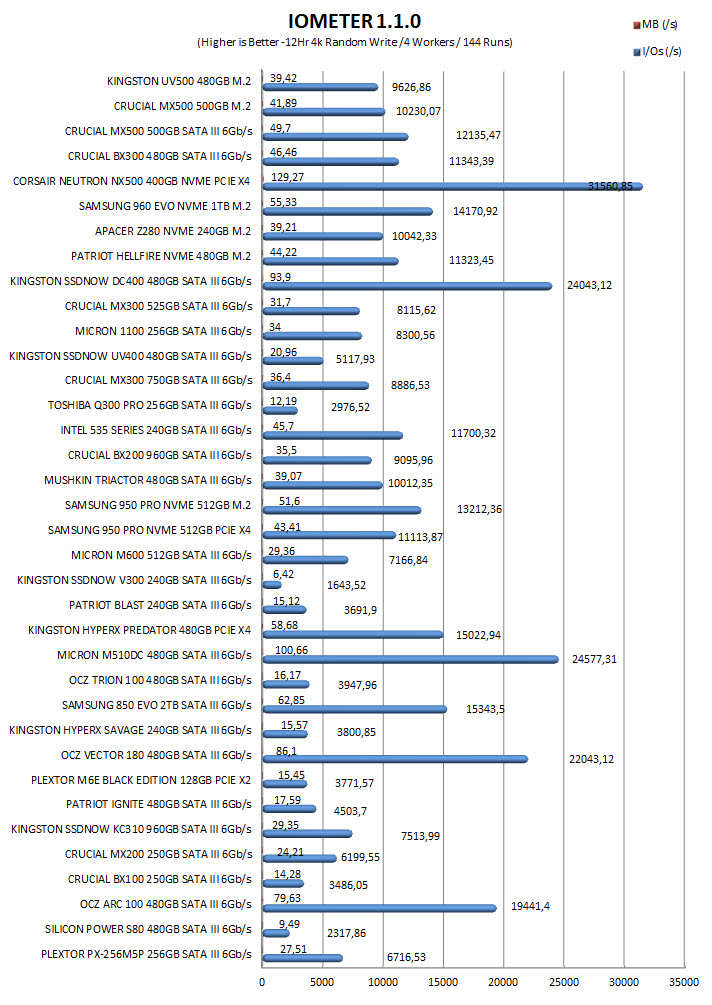
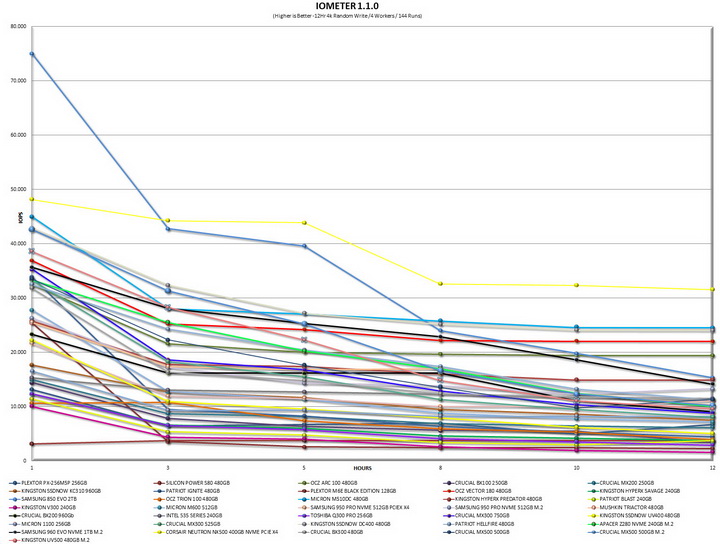
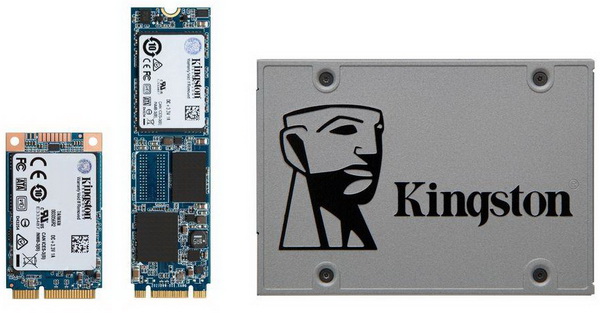


.png)

